In recent years, advancements in nanotechnology have opened up new possibilities for enhancing the performance and durability of various materials. Two prominent contenders in the field of advanced coatings are nano carbon and nano ceramic. These cutting-edge technologies offer unique properties and applications, stirring up debate among industries seeking the best solution for their specific needs. This article aims to delve into the characteristics and benefits of nano carbon and nano ceramic coatings, providing valuable insights for businesses looking to make informed decisions. Nano Carbon Coatings: Nano carbon coatings are derived from carbon-based nanoparticles that exhibit exceptional strength, thermal stability, and conductivity. These coatings are widely acclaimed for their excellent anti-corrosion properties, making them ideal for a broad range of applications, including automotive, aerospace, and electronics.
.
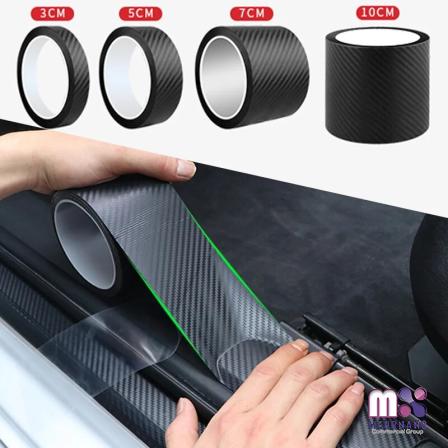 Additionally, nano carbon coatings offer superior lubrication properties, reducing friction and wear in mechanical systems. This feature is especially crucial in high-performance industries. With their exceptional electrical conductivity, nano carbon coatings can also provide the necessary electromagnetic shielding for sensitive electronic components. Benefits of Nano Carbon Coatings: 1. Durability and Corrosion Resistance: Nano carbon coatings form a protective barrier against environmental factors that cause corrosion, extending the service life of coated materials and reducing maintenance costs. 2. Improved Thermal Management: These coatings display exceptional thermal conductivity, making them highly effective in dissipating heat from electronic components, enhancing their performance and lifespan. 3. Enhanced Lubrication: Nano carbon coatings greatly reduce friction between moving surfaces, resulting in reduced wear and energy consumption, as well as improved efficiency. Nano Ceramic Coatings: Nano ceramic coatings involve the application of coatings derived from ceramic nanoparticles, such as titanium or silicon nitride.
Additionally, nano carbon coatings offer superior lubrication properties, reducing friction and wear in mechanical systems. This feature is especially crucial in high-performance industries. With their exceptional electrical conductivity, nano carbon coatings can also provide the necessary electromagnetic shielding for sensitive electronic components. Benefits of Nano Carbon Coatings: 1. Durability and Corrosion Resistance: Nano carbon coatings form a protective barrier against environmental factors that cause corrosion, extending the service life of coated materials and reducing maintenance costs. 2. Improved Thermal Management: These coatings display exceptional thermal conductivity, making them highly effective in dissipating heat from electronic components, enhancing their performance and lifespan. 3. Enhanced Lubrication: Nano carbon coatings greatly reduce friction between moving surfaces, resulting in reduced wear and energy consumption, as well as improved efficiency. Nano Ceramic Coatings: Nano ceramic coatings involve the application of coatings derived from ceramic nanoparticles, such as titanium or silicon nitride.
..
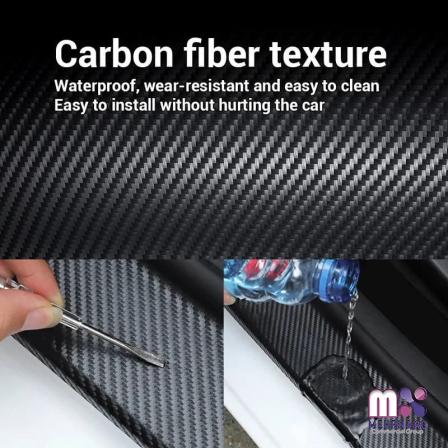 These coatings possess unique properties, including high hardness, excellent resistance to heat and chemical corrosion, and exceptional wear resistance. Consequently, nano ceramic coatings have found extensive applications in industries like automotive, aerospace, and medical devices, where protection against wear and scratches is critical. Benefits of Nano Ceramic Coatings: 1. Extreme Hardness: Nano ceramic coatings offer exceptional hardness, providing a superior level of protection against scratches, abrasion, and wear caused by harsh environmental conditions. 2. Heat Resistance: These coatings can withstand high temperatures without significant degradation, making them suitable for applications where heat management is crucial. 3. Chemical Resistance: Nano ceramic coatings exhibit excellent resistance to chemical corrosion, protecting coated materials from harsh chemicals and acids. Choosing the Ideal Coating Technology: The decision between nano carbon and nano ceramic coatings ultimately depends on the specific requirements of the application.
These coatings possess unique properties, including high hardness, excellent resistance to heat and chemical corrosion, and exceptional wear resistance. Consequently, nano ceramic coatings have found extensive applications in industries like automotive, aerospace, and medical devices, where protection against wear and scratches is critical. Benefits of Nano Ceramic Coatings: 1. Extreme Hardness: Nano ceramic coatings offer exceptional hardness, providing a superior level of protection against scratches, abrasion, and wear caused by harsh environmental conditions. 2. Heat Resistance: These coatings can withstand high temperatures without significant degradation, making them suitable for applications where heat management is crucial. 3. Chemical Resistance: Nano ceramic coatings exhibit excellent resistance to chemical corrosion, protecting coated materials from harsh chemicals and acids. Choosing the Ideal Coating Technology: The decision between nano carbon and nano ceramic coatings ultimately depends on the specific requirements of the application.
…
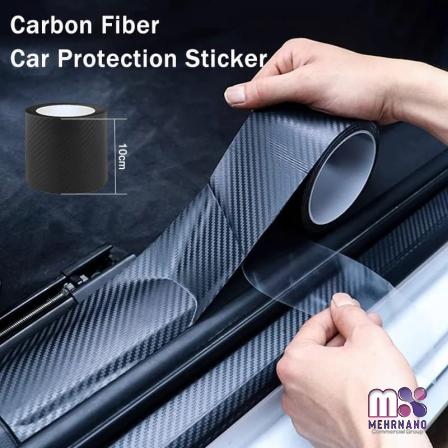 While nano carbon coatings excel in anti-corrosion properties and lubrication, nano ceramic coatings offer superior hardness and resistance to wear and scratches. Key factors to consider include the industry, environmental conditions, desired functionality, and budgetary constraints. It is crucial for businesses to collaborate with experts or conduct thorough testing to determine the most suitable coating technology for their specific needs. Conclusion: As the demand for durable, high-performance coatings continues to grow, nano carbon and nano ceramic technologies emerge as compelling options. Nano carbon coatings excel in anti-corrosion and lubrication properties, while nano ceramic coatings provide superior hardness and wear resistance. By carefully evaluating the unique advantages and nuances of both technologies, businesses can make educated decisions to optimize performance, extend the lifespan of coated materials, and reduce maintenance costs.
While nano carbon coatings excel in anti-corrosion properties and lubrication, nano ceramic coatings offer superior hardness and resistance to wear and scratches. Key factors to consider include the industry, environmental conditions, desired functionality, and budgetary constraints. It is crucial for businesses to collaborate with experts or conduct thorough testing to determine the most suitable coating technology for their specific needs. Conclusion: As the demand for durable, high-performance coatings continues to grow, nano carbon and nano ceramic technologies emerge as compelling options. Nano carbon coatings excel in anti-corrosion and lubrication properties, while nano ceramic coatings provide superior hardness and wear resistance. By carefully evaluating the unique advantages and nuances of both technologies, businesses can make educated decisions to optimize performance, extend the lifespan of coated materials, and reduce maintenance costs.


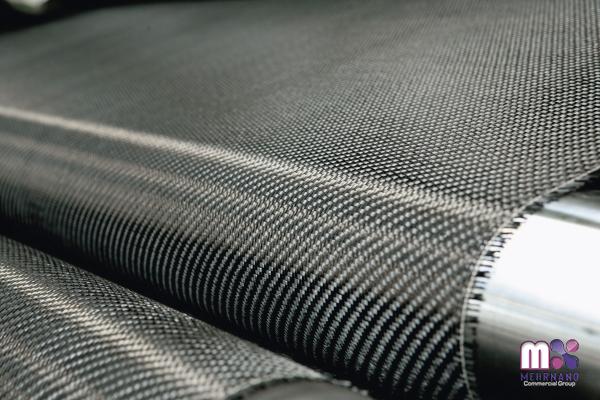


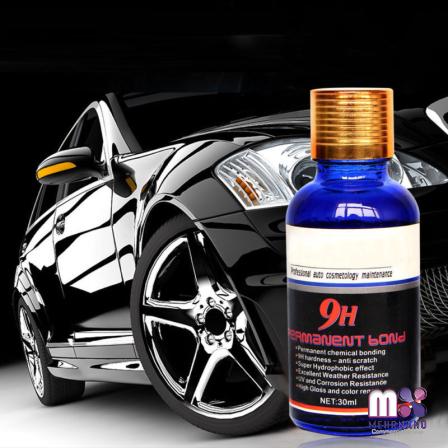


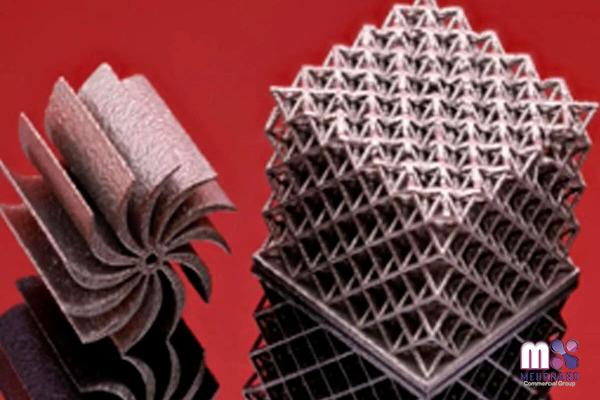
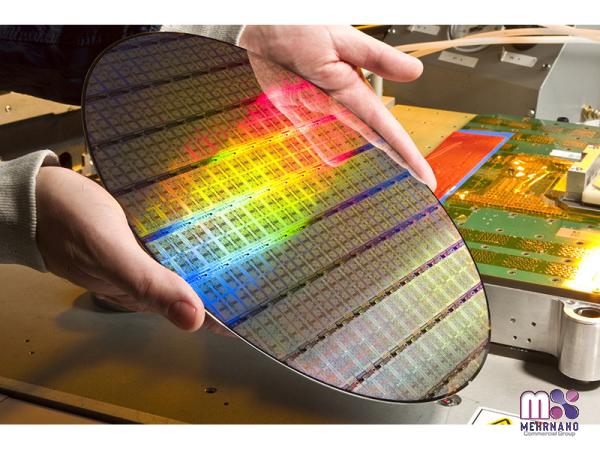
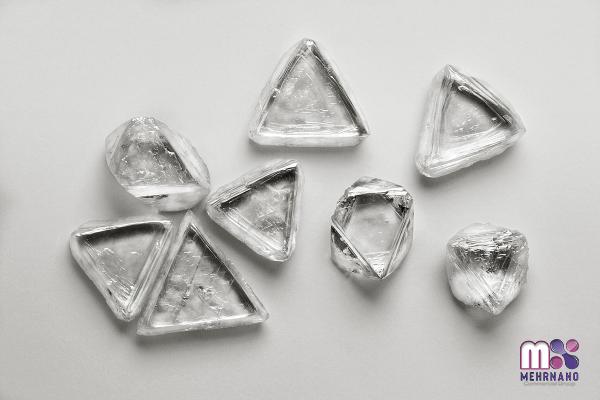
Your comment submitted.